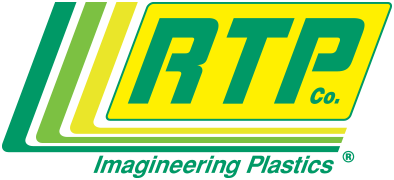Successful molding of reinforced thermoplastics requires adequate drying. Inadequate drying can cause extremely erratic molding conditions and less than perfect molded parts. Excessively wet materials outgas and can undergo a viscosity change during processing. This may cause brittleness, blisters, voids, silver streaking and poor surface finish. RTP Company materials are dried prior to packaging in moisture resistant containers. However, we recommend thoroughly drying the materials in a dehumidifying type dryer. This is important with hygroscopic materials but can also be essential for non-hygroscopic materials. Condensed surface moisture can dramatically affect high temperature molded parts. The recommended drying times in Processing Conditions section of this web site are provided as guidelines; however, an actual moisture check is necessary.
Refer to Processing Conditions section of this web site for recommended starting temperatures. Typically the rear zone/zones are set 10-20 degrees F (6-12 degrees C) cooler than the front zone and nozzle. Some modifications may be needed depending on part size and configuration.
Refer Processing Conditions section of this web site for recommended starting temperatures.
Refer Processing Conditions section of this web site for recommended starting temperatures. Normally, reinforced materials require higher mold temperatures than nonreinforced materials. Higher mold temperatures will achieve a smoother, more blemish-free surface by providing a resin rich skin on reinforced materials.




